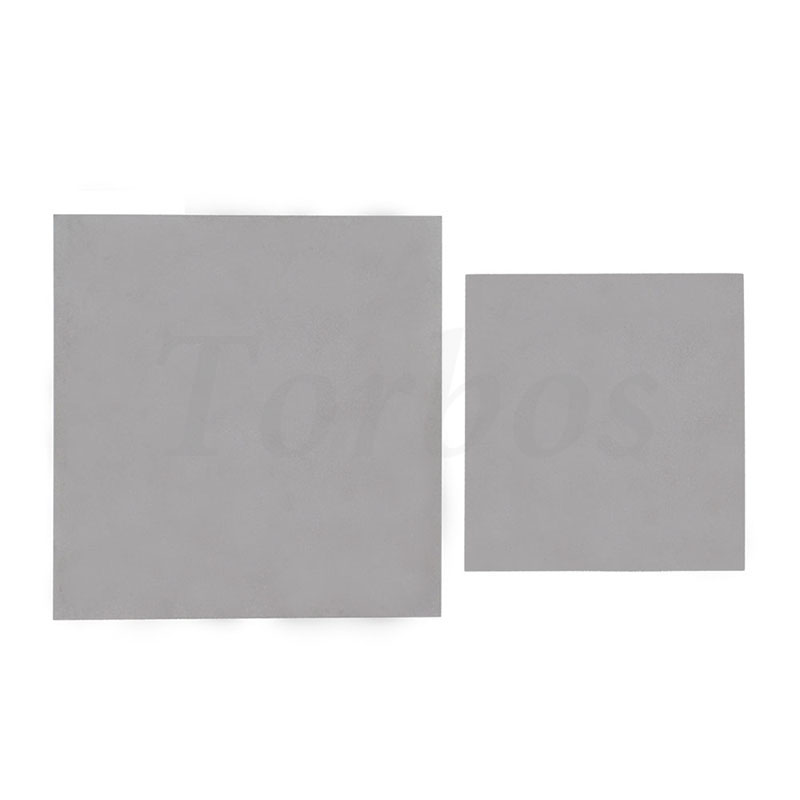A ceramic substrate refers to a rigid base or support made from ceramic materials, typically used in electronic components and devices. Ceramics are inorganic, non-metallic materials known for their excellent thermal, electrical, and mechanical properties. Ceramic substrates play a crucial role in the construction of electronic circuits and semiconductor devices. Here are some key aspects of ceramic substrates:
Material Composition: Common ceramic materials used for substrates include alumina (aluminum oxide), aluminum nitride, beryllium oxide, silicon carbide, and others. The choice of material depends on the specific requirements of the electronic application.
Electrical Insulation: Ceramics are excellent electrical insulators, making them suitable for applications where electrical conductivity between different components needs to be minimized. This property is essential for preventing short circuits in electronic devices.
Thermal Conductivity: Ceramic substrates often exhibit good thermal conductivity, helping to dissipate heat generated by electronic components. Efficient heat dissipation is crucial for maintaining the stability and reliability of electronic devices.
Mechanical Strength: Ceramics can provide mechanical strength and rigidity to the substrate, offering stability for the electronic components mounted on them. This is important for the overall durability of electronic devices.
Compatibility with Microelectronics: Ceramic substrates are commonly used in microelectronics and integrated circuits. They provide a stable platform for the attachment of semiconductor chips, resistors, capacitors, and other electronic components.
Miniaturization: The use of ceramic substrates supports the trend of miniaturization in electronics. The small size and high-performance characteristics of ceramics make them suitable for compact and lightweight electronic devices.
Chemical Stability: Ceramics often exhibit chemical stability, which is important in electronic applications where exposure to various environmental conditions, chemicals, or moisture may occur.
Ceramic substrates are widely used in the manufacturing of printed circuit boards (PCBs), hybrid integrated circuits, sensors, power modules, and other electronic assemblies. The specific type of ceramic substrate chosen depends on the requirements of the application, including thermal management, electrical properties, and the intended environment of use.

